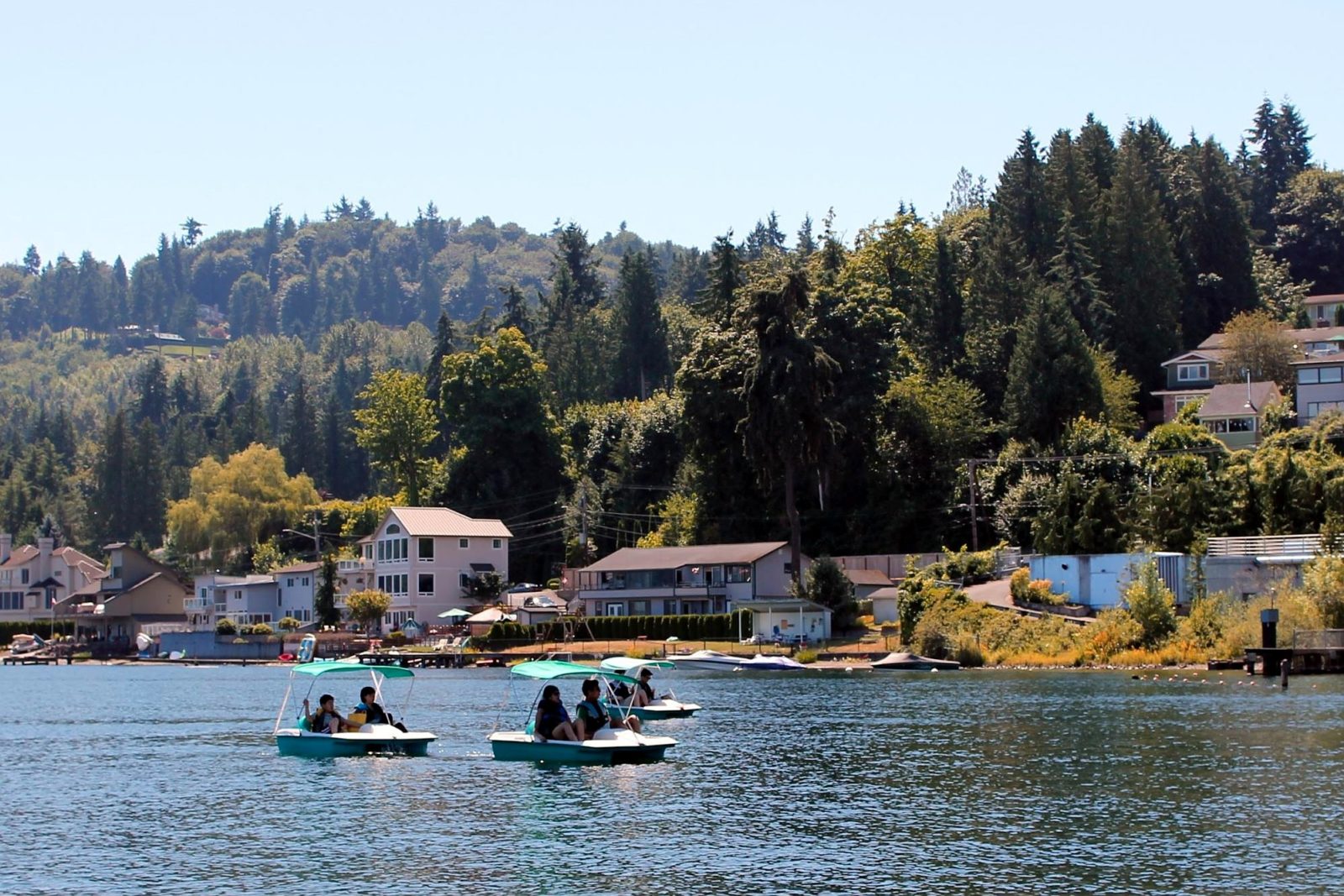Events: the Latest Addition to the Total Compensation Package

If you’ve done any light reading on LinkedIn, Medium, or any other prominent publication recently, you’ve likely noticed a growing focus on company culture and workplace environment. As real talent has grown in demand over the past decade, a gradual power shift has occurred away from companies and toward employees. If an individual has in-demand skills, they can negotiate the finer terms of their employment: flexible hours, working from home, additional financial perks, and the like.
There’s an inherent amount of accountability that comes with this shift. Workers commit to productivity, and companies in exchange boost their financial packages, total benefits, and fringe perks. If you make the work environment enjoyable enough, the notion goes, employee retention rises and turnover falls. This competitive standoff between Fortune 500 companies and startups has led to the creation of employment utopias. Free meals any time of the day, fancy on-campus gyms, nap zones, and penny-less arcades are now the standard.
One workplace environment perk many have instituted is increasing the regularity of events and activities for employees and, at times, their families. The message is clear: “We want you to do as much great work for us possible. To accomplish this, we are dedicated to making your off-work time as enjoyable and energizing as possible.” Traditional corporate event cycles are six months long. A company picnic in the summer and a holiday party in the winter. Now, entire corporations, site locations, and individual teams are coming up with fantastic ways of increasing the frequency of their celebrations.
The events can be simple, celebrating national holidays like National Donut Day by purchasing a wide variety of donuts, or a “create your own donut” station for employees to partake in the afternoon. More complex family events celebrating occasions like Halloween have cropped up—events that include spooky train rides, costume contests, food, and plenty of candy.
Creating these types of experiences don’t have to be extreme or expensive. Creativity and new interactions are enough to release the stresses of a normal workday and allow employees to talk about something other than writing a financial report or debugging their recently compiled code. For many, this mental health break is readily welcomed, and a great contributor to workplace happiness.
By breaking up employee workweeks with social and fun-filled afternoons, companies are able to add phrases like “low-stress”, “creativity encouraging”, and “fun workplace” to the terms of the total compensation package. For professionals, it means the workplace is rapidly becoming one of the more enjoyable and rewarding places to spend our time. I say that’s a win for workers everywhere.